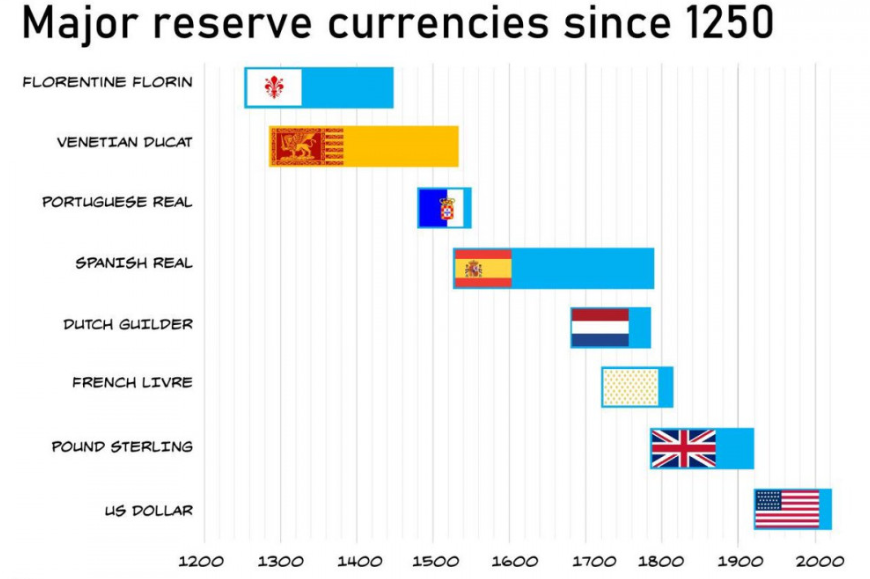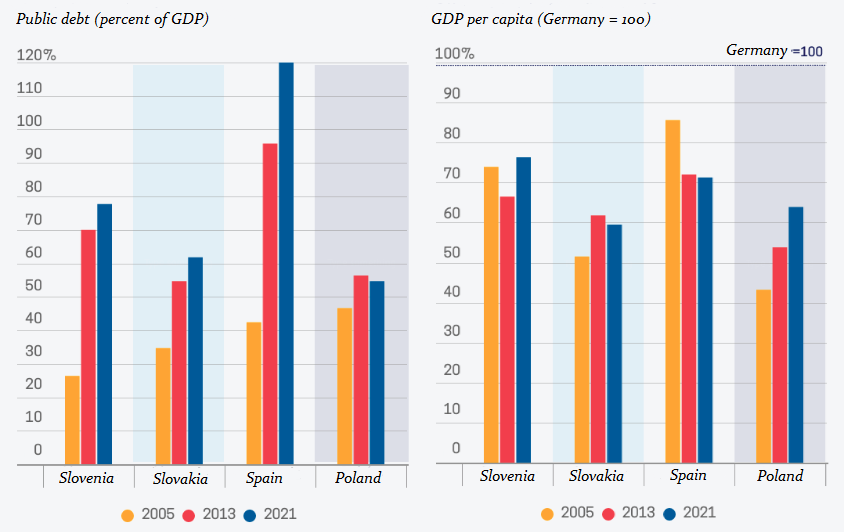Ten times a year the Gefira Research Team publishes the Gefira Financial Bulletin, which is indispensable to investors and traders. We are the only ones who provide valuable information and in-depth analysis with a particular focus on the demographic impact on the world’s economy.
Investors need to have greater awareness that before long the developed world will have crossed the demographic Rubicon, reaching a point of no return, where economic growth will no longer be possible. Whatever we may choose to apply, whether Trump’s tax plan, Keynesian stimuli or modern money printing, it will not revive the global economy. Why?















